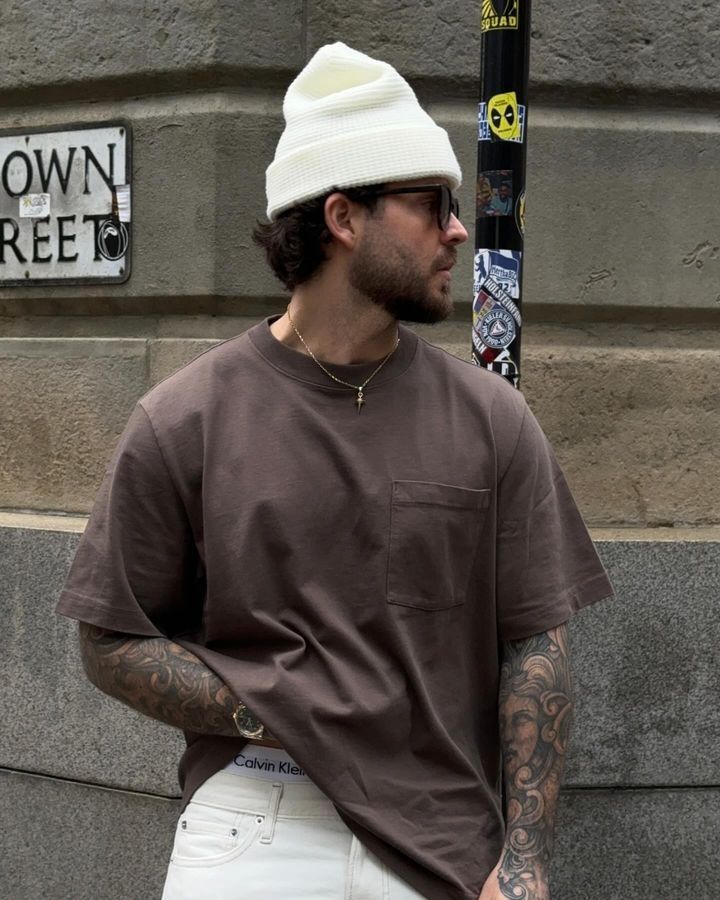No products in the cart.: $0.00
Redefining Identity: Genderless Clothing Trends to Watch in 2025

Introduction
Fashion has long been intertwined with personal identity, shaping how individuals are perceived and how they express themselves to the world. As the lines between traditionally masculine and feminine attire continue to blur, a new era in style is unfolding—one that is unconfined by binary norms. In 2025, genderless clothing trends are not just a fleeting novelty; they are reshaping wardrobes, influencing global design philosophies, and challenging the very framework of the fashion industry. This seismic shift goes beyond aesthetics, reflecting a broader societal movement toward inclusivity, authenticity, and self-determination.
The concept of clothing without gender is not entirely new, but the momentum it has gathered in recent years has redefined how people view garments, identity, and representation. Major fashion houses, independent designers, and fast-fashion retailers alike are embracing unisex collections, signaling a transformation that is as commercial as it is cultural. Consumers are increasingly rejecting the notion that clothes should be assigned based on sex, instead prioritizing fit, comfort, and self-expression.
This comprehensive guide will explore the major genderless fashion trends to watch in 2025. From fabric innovations to retail transformations, we will delve into how these trends are breaking boundaries, reshaping consumer expectations, and creating new pathways for the fashion world to evolve.
Evolution of Genderless Fashion in the Modern Era
To understand where genderless fashion is headed in 2025, it is essential to look at its historical trajectory. Early expressions of gender-neutral clothing appeared during the 20th century, particularly during counterculture movements that questioned societal norms. Designers like Coco Chanel introduced trousers for women, while David Bowie played with androgynous aesthetics that challenged traditional gender presentation. These pioneering moments planted the seeds for today’s fluid fashion.
Fast forward to the 21st century, and genderless fashion has become more intentional and widespread. Millennials and Gen Z consumers, who are more likely to view gender as a spectrum rather than a binary, have accelerated the demand for inclusive apparel. Brands have responded with collections that prioritize functionality over gender categorization, offering silhouettes that can be worn by anyone, regardless of identity.
Social media has played a crucial role in amplifying gender-neutral fashion. Platforms like Instagram and TikTok have democratized style, allowing individuals to showcase diverse expressions and challenge beauty standards. The visibility of non-binary influencers, queer creatives, and gender-fluid icons has further normalized fashion choices that defy traditional expectations.
Fabric and Form: Reimagining Design Without Gender
At the heart of genderless fashion is the redefinition of design principles. Traditional menswear and womenswear often rely on distinct silhouettes, tailored to accentuate or conceal certain body features. In contrast, genderless clothing in 2025 prioritizes versatility, fluidity, and neutrality.
Designers are now focusing on adaptable cuts that suit a wide range of body types without reinforcing gendered norms. Oversized blazers, wide-leg trousers, boxy shirts, and utilitarian jumpsuits have emerged as popular staples. These garments are designed to fit comfortably and flatter various body shapes, emphasizing freedom of movement over conformity.
Material choice is equally significant. Stretch fabrics, breathable cotton blends, and sustainable textiles are frequently used to enhance wearability. Designers are also experimenting with innovative materials that adapt to the wearer’s body heat or environment, creating garments that feel personal and dynamic.
Color palettes have evolved as well. Whereas past fashion seasons might have divided hues into masculine and feminine categories, 2025 sees a broader embrace of neutral, earth-toned, and pastel shades. Color is no longer used to signify gender but to evoke mood, personality, and context.
Conclusion
As we progress deeper into 2025, genderless fashion continues to challenge the very core of traditional clothing norms, reshaping not only the apparel industry but also the cultural narratives that underpin personal identity. The move toward clothing that transcends the binary is more than a stylistic evolution; it is a profound societal statement about freedom, acceptance, and authenticity. No longer confined to niche subcultures or avant-garde runways, gender-neutral garments are now staples in mainstream wardrobes, embraced by consumers who value comfort, individuality, and progressive values.
This transformation is driven by a confluence of factors—technological advancements in textile engineering, a shift in consumer consciousness, the amplification of diverse voices through digital platforms, and the growing influence of inclusive fashion pioneers. As design houses and retailers continue to reimagine the meaning of fit, fabric, and function, the result is a marketplace more reflective of the world’s dynamic human spectrum.



